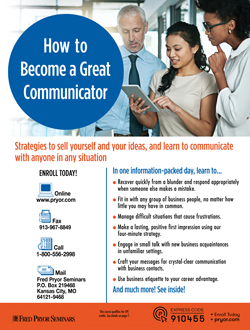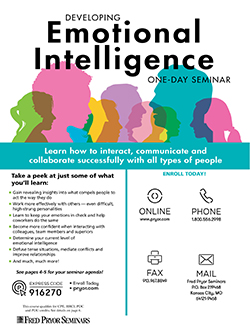Energizing and Engaging Your Audience: Four Questions for Effective Public Speaking
Like most activities, preparation is the key in public speaking. Here are four questions to ask when you are preparing a talk that can help you maximize your impact with any group.
Who is my audience and what is the context? These are basic questions, but too often, presenters are so focused preparing their content, they forget their audience and the larger setting. Who will be listening to you, and what do they most need? What do they already know about the topic? How does your presentation fit within the arc of their experience before and after they listen to you? Are you the first speaker at an event, in the middle, at the end? Are you the only speaker?
Recognize the impact of your place in the program, and build in context to reflect that. For example, reaffirm key themes from talks before you, build momentum for other talks, or explain how your content relates to other topics. If you are the only speaker, learn about the challenges facing your audience, and find ways to integrate those into your talk — draw them in!
What do I want my audience to feel or do? The best presentations have an end goal in mind. For example, I want to persuade audience members to feel differently about something than when they walked in. I want them to have more confidence in doing something. I want them to take some action they would not otherwise take. Visualizing what you want your audience to start doing, stop doing or do differently, will help make your presentation more relatable, energizing and empowering.
How can I engage this group? People learn the most when they engage with the content. When I am presenting, I try not to talk for more than 10 minutes without involving the audience. For a smaller group, this may include small group activities or discussions during your talk. For a larger group, have each person turn to their neighbor and share answers to questions you ask, preferably tying back to the actions you want them to take. For example, “Name two ways you might apply what we have talked about so far…” or “Share one action you plan to take as a result of this presentation.” People are social beings — letting them talk to each other will help them process what you have shared, and encourages them to listen to what comes next.
Can they read this? If not, why am I showing it? Slides are often the norm for presentations — make them readable! Too often, presenters in a large room will show a slide with small text, a figure or table, and say, “I know you can’t read this, but…” This statement unintentionally says, “I care more about my content than I care about you.” Either make the slide easier to read, or explain why you are showing the content. “This table gives you a sense of how the data can be presented.” Or, “This figure gives an overview of the process that I am describing here.” This will help your audience see past the details, and helps you center on the point of the visual.
There are many questions you can ask in preparing for a public speaking event — these four are easy to do, and have a high impact. Good luck!









